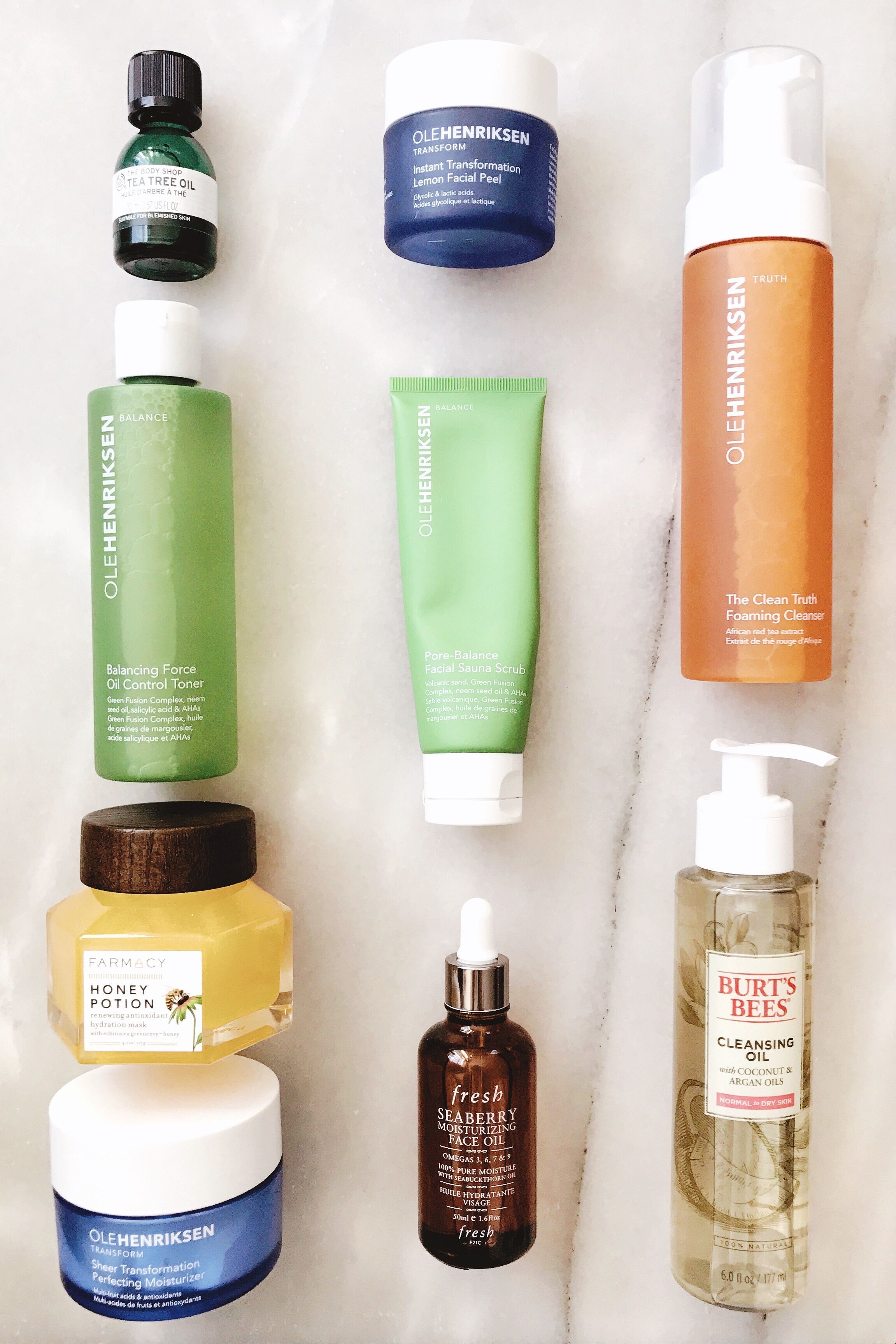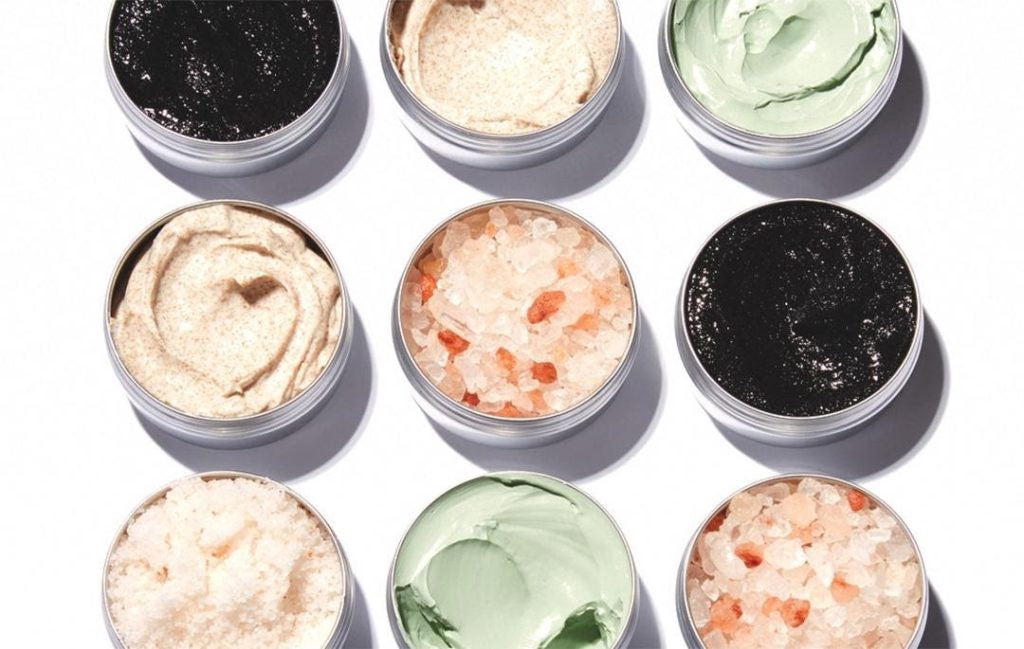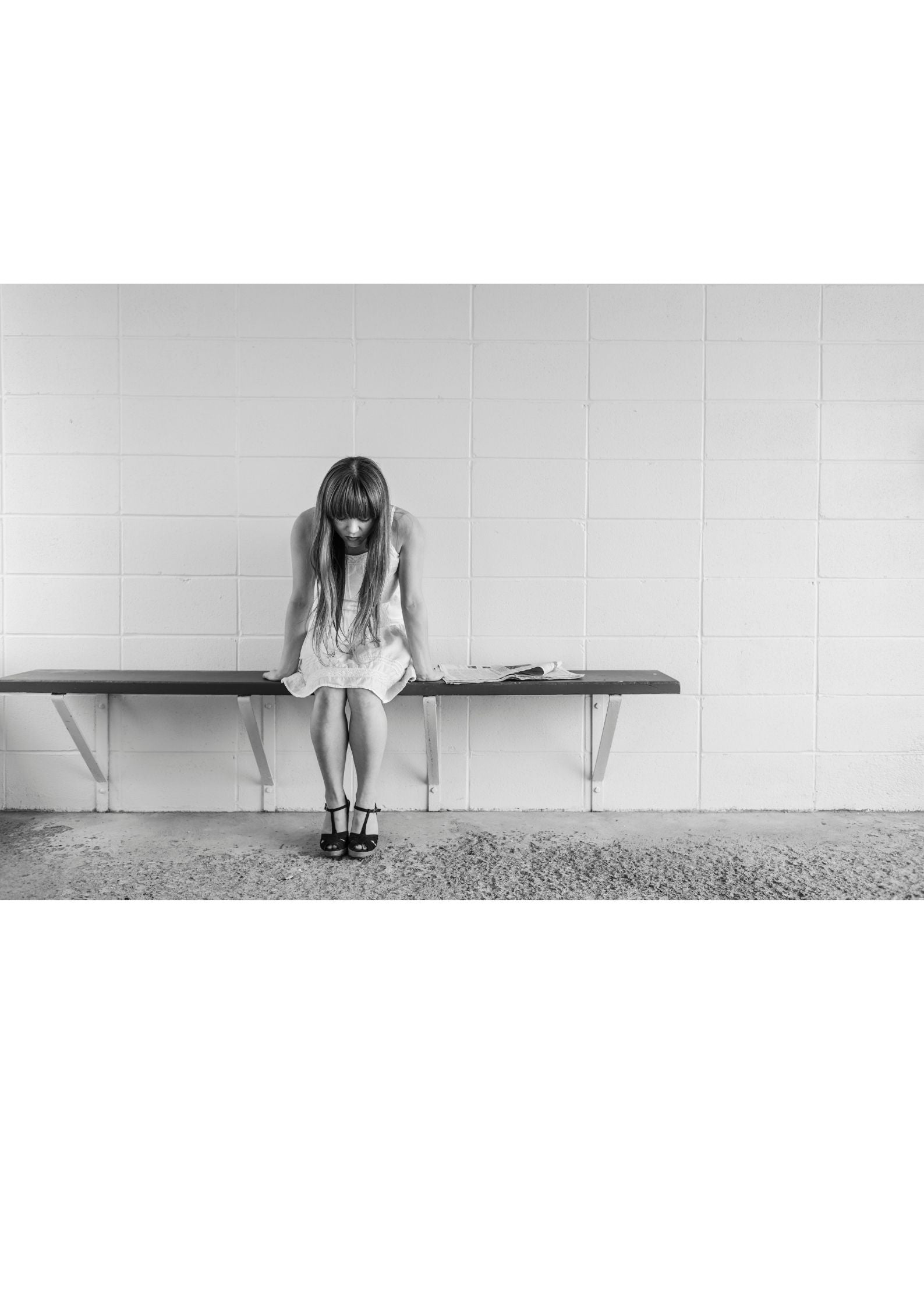Signs of Hormonal Acne and How to Treat It

As we bid farewell to our teenage years filled with drama and angst, we safely assume that pimples and oily skin are long gone, and we welcome our adult years with open arms and excitement. If you feel like you’re the only woman still breaking out in her 20s and 30s, think again - you are not alone! While we dismiss pimples as a symbol of our teenage years, unfortunately they may make their way onto our jawlines at any time after this vulnerable period - even during menopause (as if adult life isn’t already difficult enough).
The only culprit of this acne is *drumroll* - hormones. Hormonal changes throughout the month can lead to an increase in sebum production, causing clogged pores. Ah, hormones - we need you more than we realize but why must you attack us in this way?

So what makes hormonal acne different from other whiteheads and clogged pores? Curl up on your couch, grab a cup of chai, and read on to understand the different signs used to pinpoint hormonal acne, and how to treat it!
Signs of Hormonal Acne
Age
If your breakouts take place in your 20s, 30s, during pregnancy or post pregnancy, chances are that these breakouts are hormonal. As much as we’d love for acne to be stowed away along with all our other awkward teen moments, the reality is that flare-ups can occur at any time. Your 20s particularly can be filled with intense hormonal fluctuations, contributing to breakouts. The best way to truly determine if hormones are playing a major role is to visit a hormonal specialist.
Pimple Location
A telltale sign of hormonal acne is its location on the face. These breakouts, which can be in the form of cysts, whiteheads or blackheads, typically appear on the lower face, particularly on the chin and jawline, but can also affect the neck, chest, and upper back. Hormones can stimulate excess oil glands around your chin and jawline, creating this sort of “beard” of acne (don’t worry, we hate this nickname too).
Cystic Blemish
While hormonal breakouts can occur in any form, they are most often deep, cystic bumps. These bad boys can be large, red, painful, and seem to not respond to topical treatment. They generally take longer to come to head, so avoid trying to pop or squeeze them, as this will only aggravate it, and cause scarring!
Stress
As much as we try to avoid it, stress whether it be from work, university, or any other matter, makes its way into our lives and can wreak havoc. Stressful situations result in increased levels of cortisol, the stress hormone, which can also affect other hormones and contribute to imbalances. Cortisol is known to be associated with oil production, as well as breakouts! Perhaps it's time to take up that yoga class your friend keeps telling you about?

Timing
With hormonal acne, you will notice a pattern similar to menstrual cycles, due to monthly fluctuations of estrogen and progesterone. Many will notice pimples appear a week before their period, and clear up the week after each month. Often times, these pop up in the same place each cycle.
How to Tackle Hormonal Acne
Hormonal acne is frustrating especially since no treatment seems to respond. However, by learning to address the problem both internally and externally, your skin will be under control in no time. While some doctors may recommend taking oral contraceptives to eradicate hormonal acne, this is not a permanent solution!
As with any skin condition, it is pertinent that you maintain a routine with cleansing, toning, and moisturizing. With this form of acne, involvement of actives work best, such as a cleanser with salicylic or glycolic acid, or a toner with AHAs or BHAs (shoutout to our Glow Toner!).
Look for products that are filled with botanical antibacterial ingredients, such as aloe vera, green tea, or willowbark (nature’s salicylic acid). This may also be a good time to incorporate a topical retinoid into your routine, which dermatologists often recommend for mild to moderate acne. Retinols and retinoids work to slough off dead skin cells and increase cell turnover - so keep in mind that it may get worse before it gets better!

Lifestyle changes go hand in hand with external skin care in combating hormonal acne and balancing out your body. Ensure your diet is filled with fresh greens, fruits, and adequate hydration. Incorporate healthy fats into your diet (don’t be scared to consume ghee!) such as walnuts, grinded flax seed, avocados, and other nuts and seeds. Exercise regularly, whether it be a walk outside, a HIIT routine in your living room, or yoga.
Remember to relax, take a few deep breaths in and out, and know that you are in charge of your body!





Comments